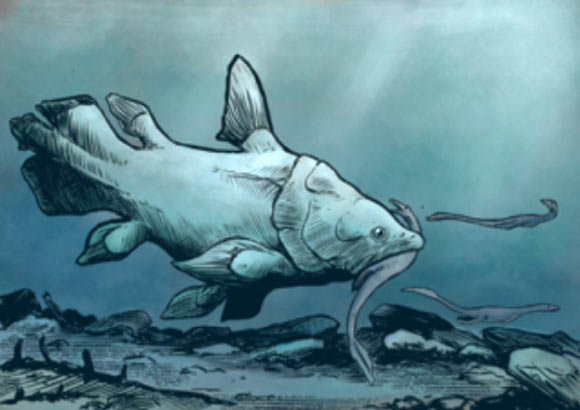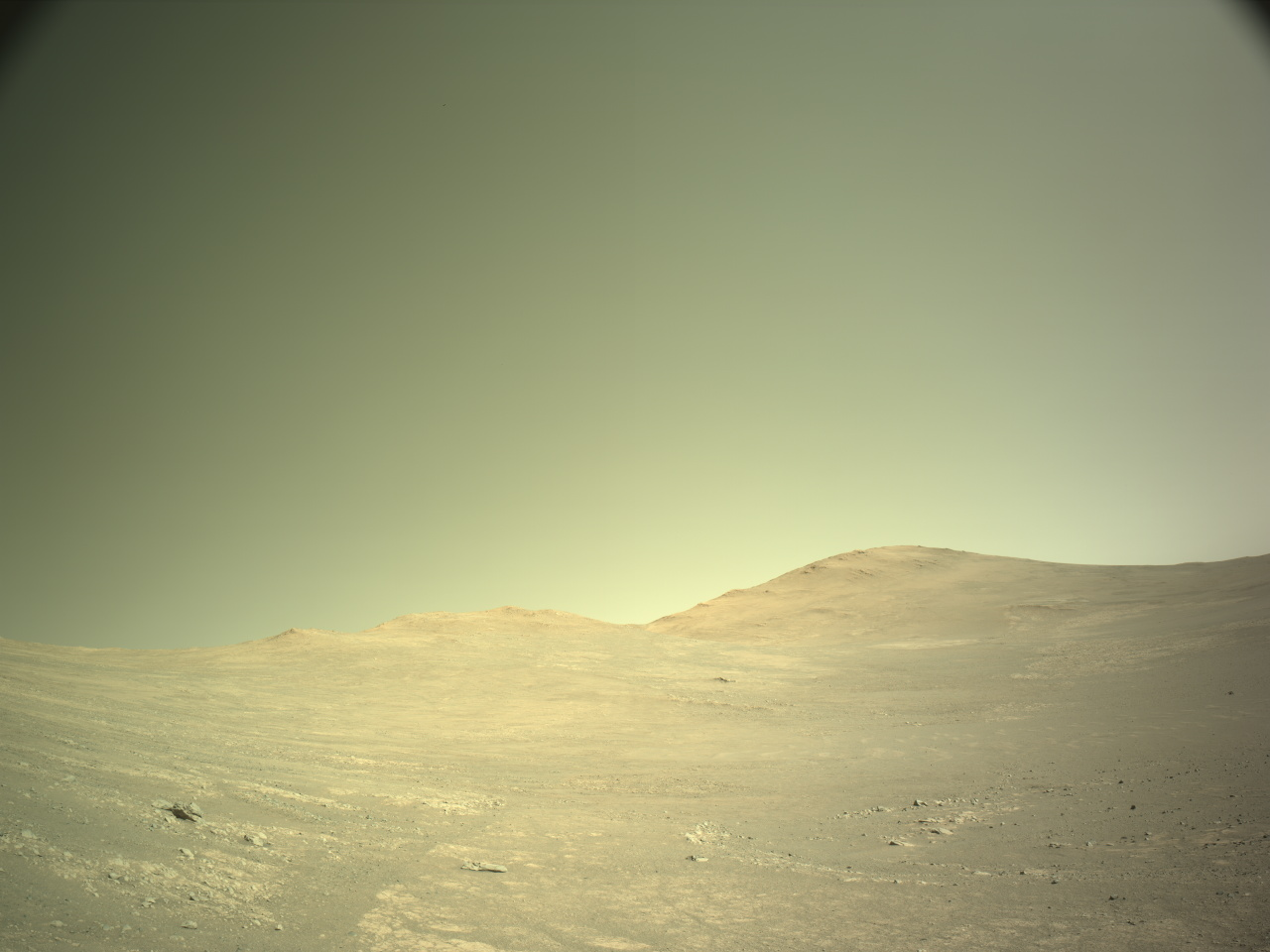Now Reading: Scientists Discover New Species of Ancient Coelacanths
-
01
Scientists Discover New Species of Ancient Coelacanths
Scientists Discover New Species of Ancient Coelacanths

Quick Summary
- New species of coelacanths from the Triassic period, approximately 200 million years ago, have been identified from museum specimens originally discovered over 150 years ago in the UK.
- Coelacanths are evolutionarily unique fishes that first appeared around 419 million years ago and diversified significantly during the Mesozoic era.
- Most fossil coelacanth species disappeared mysteriously about 66 million years ago but were rediscovered alive in South Africa in 1938.
- The study reclassified fossils previously thought to belong to a marine reptile, Pachystropheus, as belonging to coelacanth fishes, dramatically increasing reports of Triassic-era coelacanths from Britain (from four initial reports to over fifty new finds).
- X-ray scans confirmed the fossils primarily belong to an extinct group called Mawsoniidae; some individuals measured up to one meter in length and represented varying ages and sizes.
- Fossils originated from an archipelago setting surrounding Bristol and Mendip Hills during a shallow tropical sea environment where coelacanths likely acted as opportunistic predators.
Indian Opinion Analysis
This revelation serves as a reminder of how misclassification can hinder scientific progress-specimens disregarded for decades now reshape our understanding of historical biodiversity. Expanding knowledge on ancient life such as Triassic-era coelacanth species emphasizes india’s own paleontological potential; discoveries like these prompt critical evaluation of existing specimens worldwide, including within India’s rich fossil record spanning sites like Gujarat’s Deccan Traps or Madhya Pradesh’s bagh Beds.
Furthermore,this research underscores advances in using tools like X-ray scanning for taxonomy refinement-a technology increasingly relevant for Indian labs undertaking similar studies. It also highlights interlinked global efforts where collaboration drives breakthroughs even on fossils unearthed centuries earlier. For India’s paleontology sector aiming greater international engagement, lessons here point toward scrutinizing it’s vast collections with renewed precision while bridging interdisciplinary expertise across biology and geology sectors.
























